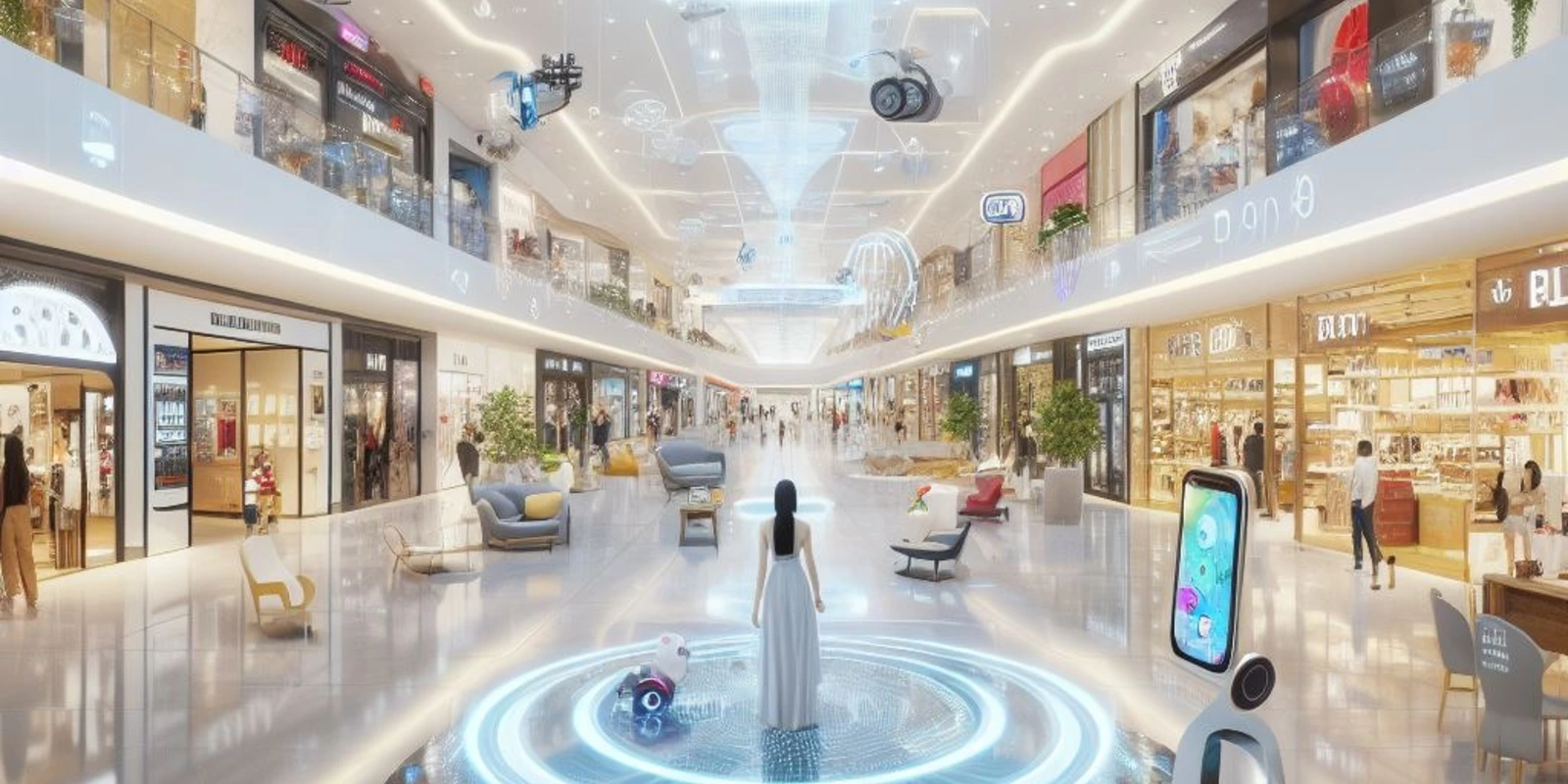
Digital Transformation and its Impact on Traditional Brick and Mortar Stores

In recent years, the phrase 'Digital Transformation' has emerged as more than just a buzzword; it represents a seismic shift in the business landscape. As industries rapidly embrace the digital age, the retail sector is no exception. The impact of digital transformation on traditional brick and mortar stores has been profound, challenging their very existence while also offering unprecedented opportunities.
For many, the onset of e-commerce platforms threatened the survival of physical stores. With the convenience of online shopping and the breadth of options available at consumers' fingertips, the allure of brick and mortar seemed to wane. However, as we delve deeper, it becomes evident that the story isn't one of replacement, but rather of evolution and synergy.
1. The Rise of Omni-Channel Retailing:
The boundary between online and offline shopping is blurring. Brands are now focusing on providing an omni-channel experience, where physical stores complement their online presence. For instance, 'Click and Collect' services allow customers to order products online and pick them up in-store, merging the convenience of e-commerce with the immediacy of physical retail.
2. Enhanced In-Store Experience:
With advancements in Augmented Reality (AR) and Virtual Reality (VR), brick and mortar retailers are reinventing the shopping experience. Customers can now 'try on' clothes virtually or visualize how furniture might look in their home, all within the confines of a store.
![]() Find "Augmented Reality Shopping" on Play Store
Find "Augmented Reality Shopping" on Play Store
![]() Find "Virtual Retail Experience" on Apple Itunes
Find "Virtual Retail Experience" on Apple Itunes
3. Data-Driven Decision Making:
Traditional retailers are harnessing the power of data analytics, drawing insights from online consumer behaviors to enhance in-store experiences. By analyzing online searches, reviews, and purchase histories, stores can now tailor in-store displays, offers, and inventories to match consumer preferences.
4. Personalized Shopping:
Leveraging AI and machine learning, physical stores are now offering personalized shopping experiences. Imagine walking into a store where digital displays showcase products based on your online browsing history or preferences, effectively bridging the online-offline gap.
https://www.ibm.com/cloud/learn/personalized-shopping-experience
5. Empowering Sales Associates:
Digital tools and devices enable sales associates to access real-time inventory data, offer personalized recommendations, and even process checkouts on the go, transforming them from mere attendants to empowered brand ambassadors.
However, while the potential is vast, the transition is not without challenges. Physical retailers must invest in technology, training, and infrastructure to remain competitive. They also need to strike a balance to ensure they do not alienate traditional customers while embracing the new digital era.
Books like 'Reengineering Retail: The Future of Selling in a Post-Digital World' delve deeper into this transformative journey, offering insights and strategies for retailers.
![]() Find "Reengineering Retail" on Amazon
Find "Reengineering Retail" on Amazon
In conclusion, the digital transformation wave hasn't signaled the death knell for brick and mortar stores. Instead, it's ushered in a renaissance, challenging traditional retailers to innovate and adapt. Those who can seamlessly integrate the digital with the physical stand poised to thrive in this new retail era.







Your insights and experiences enrich our community. Dive into the discussion and share your thoughts with us below!